Maintaining a baseball field is no small task. Whether it’s at a local park or a professional venue, proper field care is essential to ensure top-notch playability and aesthetics. Regular maintenance not only helps prevent injuries but also extends the longevity of the field, maximizing its use for years to come. In this article, we will explore essential tips and strategies for maintaining a baseball field, from infield grading and turf aeration to irrigation and long-term sustainability.
Key Takeaways:
- Regular maintenance is crucial for the playability and longevity of a baseball field.
- Proper grading and drainage of the infield prevent puddles and muddy conditions.
- Aerating the turf improves soil structure and promotes healthy root growth.
- Effective irrigation ensures the health and vitality of the grass.
- Field sustainability requires a combination of regular maintenance tasks and proper planning.
Understanding the Basics of Baseball Field Upkeep
Proper maintenance is crucial for a well-functioning and visually appealing baseball field. Understanding the basics of baseball field upkeep is essential for maintaining optimal playability and the health of the grass. This section will cover three key aspects of baseball field maintenance: grading and draining the infield, aerating the turf, and irrigation essentials for healthy grass.
The Art of Grading and Draining the Infield
Grading and draining the infield is a critical step in baseball field maintenance. Proper grading ensures that water runoff is directed away from the playing surface, preventing puddles and muddy conditions. To achieve the necessary slope, the infield surface is carefully leveled using specialized equipment.
Drainage systems, including pipes and trenches, are installed underneath the infield to facilitate water flow and prevent water from pooling on the surface. These systems help maintain a safe and playable field, reducing the risk of injuries and ensuring consistent gameplay.
Aerating the Turf: Why It Matters
Turf aeration is an important practice that enhances the health of the grass on a baseball field. By creating small holes in the soil, aeration improves soil structure and reduces compaction. Compacted soil inhibits water infiltration and root growth, leading to poor turf health.
Aerating the turf allows moisture, air, and nutrients to reach the grassroots, promoting a robust and vibrant playing surface. It also helps relieve soil compaction caused by heavy foot traffic and maintains a level playing field, ensuring an excellent experience for players and reducing the risk of injuries.
Irrigation Essentials for Healthy Grass
Proper irrigation is vital for maintaining healthy grass on a baseball field. Consistent and appropriate watering prevents under or over-watering, which can harm the turf and affect playability. To keep the grass lush and green, it is important to establish an irrigation schedule and monitor soil moisture levels.
Irrigation systems, such as sprinklers or drip irrigation, can be installed to deliver a controlled amount of water to the field. By properly watering the grass, you can encourage deep root growth, increase drought tolerance, and minimize weed and disease issues.
| Benefits of Proper Grading and Drainage | Benefits of Turf Aeration | Benefits of Proper Irrigation |
|---|---|---|
|
|
|
Key Strategies for Sustaining the Baseball Diamond
Sustaining the baseball diamond requires a combination of regular maintenance tasks and proper planning. By implementing key strategies, baseball field managers can ensure the longevity and functionality of the field, providing an optimal playing surface for athletes.
Soil Testing: Performing regular soil tests is essential for maintaining the health of the baseball diamond. These tests assess the nutrient levels, pH balance, and soil composition, allowing field managers to make informed decisions regarding fertilization and soil amendments.
Fertilization: Fertilizing the baseball diamond is crucial for promoting healthy grass growth and preventing nutrient deficiencies. The appropriate type and timing of fertilizer application should be determined based on the results of soil tests and the specific needs of the field.
Pest Control: Implementing effective pest control measures is vital for preventing damage to the baseball diamond. Regular monitoring and proactive pest management strategies, such as the use of pesticides or biological controls, can help mitigate the impact of insects, weeds, and diseases.
Consistent Field Inspections: Conducting regular field inspections is essential for identifying and addressing issues before they escalate. Field managers should inspect the baseball diamond for signs of wear and tear, drainage problems, or any other factors that could impact playability and safety.
To visualize the key strategies for sustaining the baseball diamond, refer to the table below:
| Key Strategies | Description |
|---|---|
| Soil Testing | Regular soil testing to assess nutrient levels and soil composition. |
| Fertilization | Appropriate fertilization based on soil test results and field needs. |
| Pest Control | Proactive measures to prevent damage from insects, weeds, and diseases. |
| Consistent Field Inspections | Regular inspections to identify and address issues before they escalate. |

The Essential Hand Tools for Daily Field Care
In addition to mowers, an arsenal of essential hand tools is necessary for maintaining a baseball field on a daily basis. These tools help with tasks such as grooming the infield, leveling the playing surface, and maintaining proper soil conditions. Here are some must-have hand tools for field care:
- Rake: Used for removing debris, leveling soil, and spreading materials like topdressing or conditioner.
- Trenching shovel: Ideal for repairing damaged turf or creating clean edges around the field.
- Aerifier: Helps alleviate soil compaction by creating small holes to improve nutrient and water absorption.
- Tamper: Used to flatten and compact soil in high-traffic areas.
- Dethatcher: Removes dead grass and other debris, promoting healthier turf growth.
Having these essential hand tools readily available will enable efficient and effective field care, ensuring that the baseball turf remains in optimal condition for play.
Maintaining a Baseball Field: Soil and Turf Health
When it comes to keeping a baseball field in top-notch condition, the health of the soil and turf plays a vital role. By implementing regular maintenance tasks and employing effective techniques, you can ensure healthy grass growth, prevent soil compaction, and maintain optimal playability. Here are some key strategies to consider:
Proper Fertilization Techniques
Fertilization is an essential aspect of maintaining healthy grass on baseball fields. By providing the necessary nutrients, you can promote vigorous turf growth and enhance its resilience against stressors such as heavy foot traffic. It is crucial to conduct a soil test to determine the specific nutrient requirements of your field. This information will guide you in selecting the appropriate fertilizer and application methods.

Preventing Soil Compaction
Soil compaction is a common issue in heavily used baseball fields and can negatively impact turf health. To prevent compaction, consider implementing the following practices:
- Limited foot traffic: Designate specific pathways to minimize traffic on grassy areas.
- Aeration: Regularly aerate the soil to improve drainage, increase oxygen levels, and reduce compaction. Core aeration and solid tine aeration are effective techniques for relieving compaction.
- Soil amendments: Incorporate organic matter such as compost into the soil to improve its structure and porosity.
Regular Soil Testing
Soil testing is a crucial step in maintaining soil health for baseball fields. By analyzing the soil’s nutrient content and pH level, you can make informed decisions about fertilization, lime application, and other necessary amendments. Conduct soil tests at least once every one to three years to ensure proper nutrient balance and adjust your maintenance practices accordingly.
Implementing Best Management Practices
Adopting best management practices (BMPs) is essential for maintaining soil and turf health on baseball fields. Some key BMPs include:
- Mowing at the correct height: Set your mower’s cutting height according to the grass type and recommended mowing height. This ensures optimal turf health and prevents scalping or stress.
- Watering guidelines: Follow proper irrigation practices to avoid over or under-watering. Water deeply and infrequently, allowing the soil to dry out slightly between watering sessions.
- Regular inspection: Conduct routine field inspections to identify any issues such as pests, disease, or drainage problems. Early detection and prompt action are crucial for maintaining a healthy playing surface.
By prioritizing soil and turf health maintenance, you can create a thriving baseball field that provides an optimal playing experience for athletes and ensures long-term sustainability. Implement these strategies and techniques to keep your field in top condition season after season.
Seasonal Maintenance: Preparing for Peak Baseball Season
Spring Checklist for Baseball Park Readiness
As the winter frost gives way to the warmth of spring, it’s time for baseball field managers to gear up for a new season of America’s favorite pastime. To ensure a smooth and enjoyable experience for players and spectators alike, a comprehensive spring checklist is essential in preparing the field for peak performance. Here are some key tasks to include:
- Cleaning: Begin by removing debris, fallen leaves, and any leftover winter covers. Clearing the field of clutter is crucial for safe play and aesthetics.
- Mowing: Trim the grass to an appropriate height, ensuring a consistent playing surface. Regular mowing helps maintain turf health and provides a uniform look.
- Edging: Define the boundaries of the field by neatly edging the infield and outfield areas. Crisp edges enhance the overall appearance and create a professional look.
- Inspecting: Thoroughly examine the field for any signs of damage, such as uneven patches, holes, or worn-out areas. Promptly address these issues before the season begins.
- Key Paint Touch-ups: Inspect and touch up all painted lines, including base paths, foul lines, and batter’s boxes. Clear and visible lines are essential for fair play and accurate calls.
By following this spring checklist, field managers can ensure that the baseball park is ready for action, with a well-maintained playing surface that sets the stage for an exciting season.
Off-Season Protocols to Preserve the Baseball Grounds
While the busy baseball season requires meticulous attention to field maintenance, the off-season is equally important for preserving the grounds and ensuring long-term durability. Here are some essential protocols to follow during the off-season:
- Turf Protection: Implement measures to safeguard the turf during periods of low usage. This may include using covers to shield the grass from extreme weather conditions and excessive foot traffic.
- Equipment Maintenance: Take the time to inspect and service all the field maintenance equipment before storing it for the off-season. This ensures that the equipment remains in optimal condition and ready for use when the new season approaches.
- Sod Replacement: Address any damaged areas by considering sod replacement during the off-season. This allows sufficient time for the new sod to take root and blend seamlessly with the rest of the turf.
- Soil Testing: Conduct soil testing during the off-season to assess nutrient levels and identify any deficiencies. The results can guide fertilization plans and promote healthy turf growth in the upcoming season.
- Preventing Weed Growth: Apply pre-emergent herbicides to prevent weed growth during the off-season. This proactive approach reduces the chances of weed invasions impacting the field’s playability and aesthetic appeal.
By implementing these off-season protocols, field managers can ensure that the baseball grounds remain protected and ready for the next season, maximizing the longevity and playability of the field.
The Role of Community in Baseball Facility Care
Community involvement plays a vital role in the care and maintenance of baseball facilities. When the community comes together to support the upkeep of baseball fields, it brings numerous benefits, including cost savings and a sense of ownership. By actively engaging with the local community, baseball facility owners can foster a sense of pride and create a vibrant and welcoming environment for players and spectators alike.
Mobilizing Volunteers for Baseball Field Enhancements
One effective way to involve the community in baseball facility care is by mobilizing volunteers for field enhancements. Encouraging individuals, groups, and organizations to volunteer their time and resources can help improve the overall condition of the playing surface and facilities. Volunteers can assist with various tasks such as painting, landscaping, general upkeep, and minor repairs.
Through volunteer efforts, baseball fields can receive regular attention and maintenance that might not be feasible within the constraints of a limited budget. Additionally, the participation of community members creates a sense of ownership and pride in the upkeep of the facilities, fostering a stronger connection between the community and the baseball field.
Adopting a Community-Maintained Baseball Playing Surface
Another approach to community involvement in baseball facility care is adopting a community-maintained model. This grassroots field management approach encourages the community to take on the responsibility of maintaining the playing surface. With proper guidance and support from facility owners or management, community members can embrace their role as stewards of the baseball field.
Community-maintained baseball fields not only reduce the burden on facility owners but also create a stronger sense of camaraderie and mutual support among community members. This shared responsibility helps ensure regular maintenance, addressing issues promptly, and sustaining the quality of the playing surface over time.
Conclusion
Maintaining a baseball field requires a combination of regular maintenance tasks, proper equipment, and community involvement. By following the tips and strategies discussed in this article, you can ensure a well-maintained and safe playing surface for baseball enthusiasts.
Key takeaways for field care include:
- Regularly grading and draining the infield to prevent puddles and muddy conditions.
- Aerating the turf to improve soil structure and root growth.
- Implementing proper irrigation techniques to maintain healthy grass.
- Conducting soil testing, fertilization, and pest control for long-term field sustainability.
- Using the right tools and equipment, such as choosing the appropriate mower and having essential hand tools for daily field care.
- Focusing on soil and turf health, including preventing soil compaction and implementing fertilization techniques.
- Preparing for peak baseball season with a spring checklist and following off-season protocols for field preservation.
- Involving the community through volunteer mobilization and adopting a community-maintained approach.
By combining these practices, you can create an exceptional baseball playing surface that is not only beautiful but also optimized for performance and safety. So get out there, apply these field maintenance strategies, and enjoy the game!
FAQ
What are the essential tasks for maintaining a baseball field?
Proper maintenance includes regular grading and draining of the infield, aerating the turf, and ensuring proper irrigation. Other key tasks include soil testing, fertilization, pest control, and consistent field inspections.
How do I choose the right equipment for baseball field maintenance?
Selecting the right mower depends on factors such as field size and grass type. Hand tools like rakes, tampers, and shovels are essential for daily field care.
Why is soil health important for a baseball field?
Soil health is critical for good turf growth and playability. Regular maintenance tasks such as fertilization, soil testing, and preventing compaction help maintain healthy soil.
What are some seasonal maintenance tasks for a baseball field?
Spring checklist tasks include cleaning, mowing, edging, and inspecting the field for repairs. Off-season protocols focus on preserving the field during low usage periods, including turf protection and equipment maintenance.
How can the community be involved in baseball field care?
Engaging the community can bring numerous benefits, including cost savings and a sense of ownership. Mobilizing volunteers for field enhancements, such as painting and landscaping, fosters shared responsibility and pride in the local field.
What are the key takeaways for maintaining a baseball field?
Regular maintenance tasks, proper equipment, and community involvement are essential for a well-maintained and safe playing surface. Following the tips and strategies discussed in this article will ensure optimal playability and aesthetics.


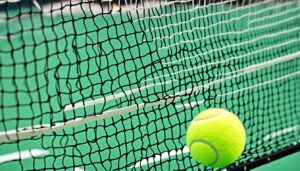




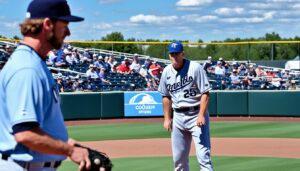


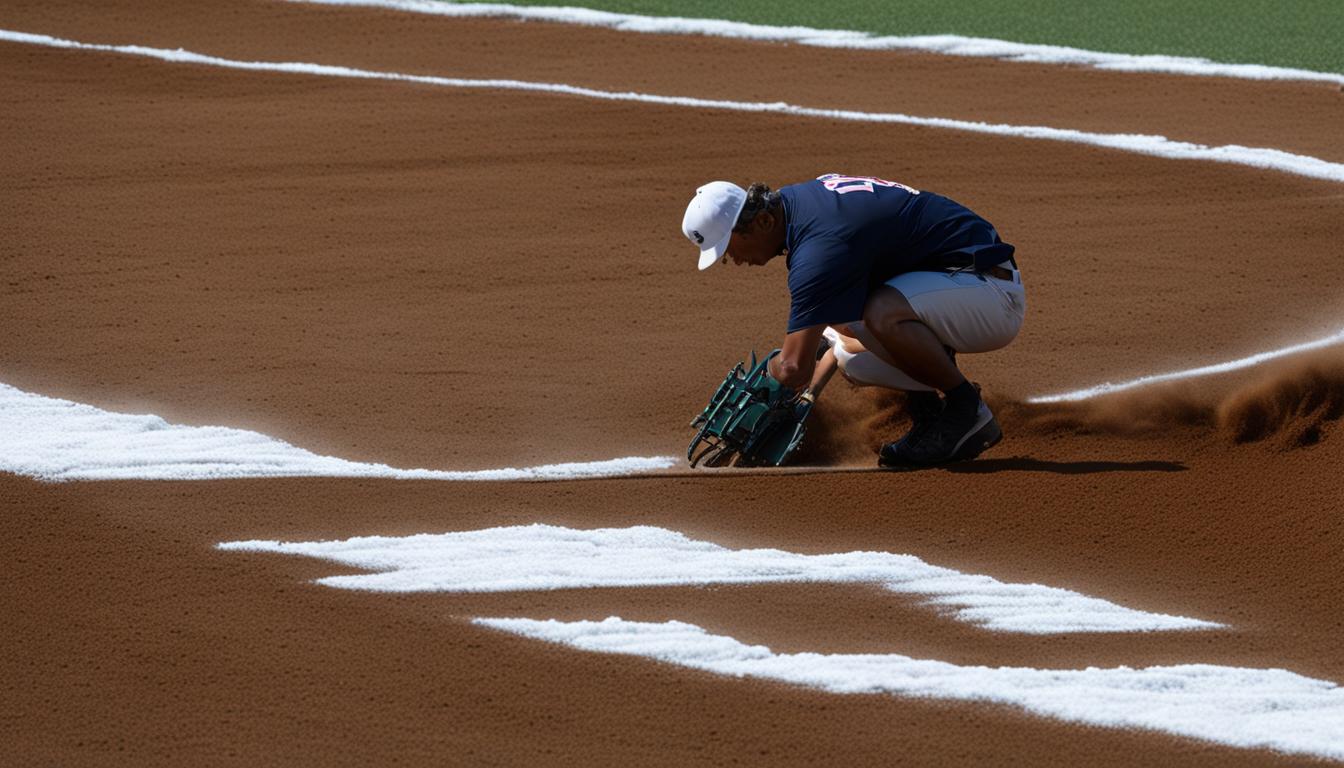


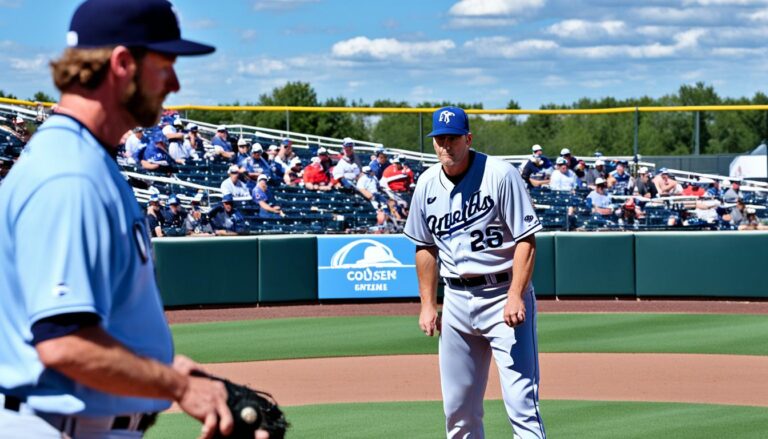

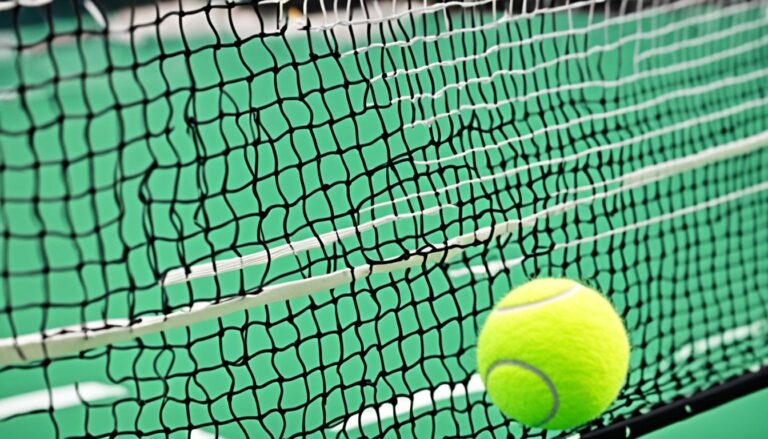


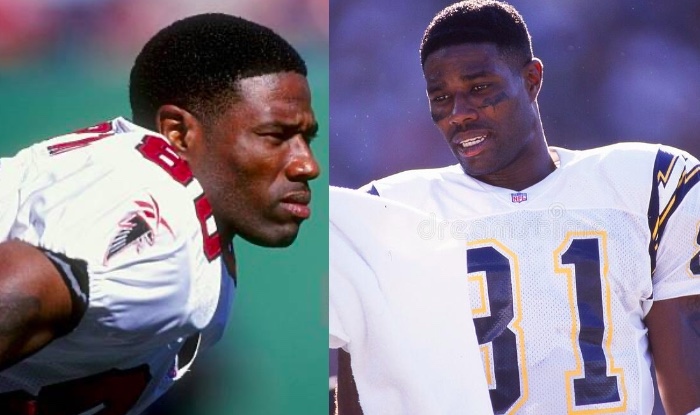


+ There are no comments
Add yours